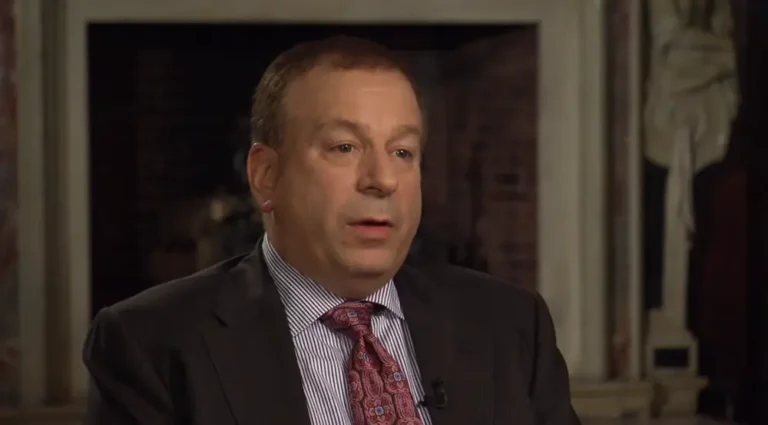A 27-year-old personal finance creator breaks down the investment portfolios he’s using to reach $2 million in 8 years — and shares the account types and categories of stocks he believes will accelerate his returns

- Austin Hankwitz set a retirement goal to reach $2 million in eight years.
- He’s using a regular brokerage account and a solo 401(k) with pre- and after-tax advantages.
- He has broken down his allocation to stocks to prioritize growth.
Austin Hankwitz transitioned from a financial analyst at a healthcare company to a TikTok personal finance content creator with over 700,000 followers.
In 2020, he began his journey by posting short videos about investing ideas such as stocks to buy during a recession or news that could affect their stock prices. And, while he enjoys poring over company fundamentals, he admits that maintaining momentum when tracking multiple stocks is difficult.
Late last year, he decided he wanted to create a $2 million retirement portfolio that he could track and others could follow. He gave himself eight years to complete the task. The dollar amount was calculated using the 4% rule, which states that you can withdraw that amount annually while still allowing your portfolio to grow. That seven-figure sum would allow him to withdraw $80,000 per year.
Hankwitz hopes to reach that number in eight years, but he is willing to accept that it could take up to 15 years. Even with the extended timeframe, he will be able to retire in his late 30s or early 40s. However, he intends to continue working and investing even after he reaches that age. The extra time also takes into account the market’s performance and his ability to meet his monthly deposit requirement.
To reach this goal in a shorter time frame, allocate $10,000 to $15,000 per month. Hankwitz recognizes that his timetable and required monthly contributions are unrealistic for the average person. He mentioned that establishing that goal was about demonstrating the importance of having a trajectory.
Knowing what he needs to save and how much time he has is half the battle because it allows him to track his progress. He went on to say that someone’s ultimate goal could be $200,000 or even $20,000.
“I have this fantastic income that will allow me to reach this goal.” “However, this number may be completely different for you,” Hankwitz said to anyone who wants to follow in his footsteps.
“You might have three kids, a mortgage, student loans, and a car payment to consider,” he continued. You might be looking after your elderly parents. Because of this, personal finance is unique. And so this is what I’m doing to accomplish that, and I hope to inspire others by providing them with the framework to do the same within their own personal experience.”
On December 23, 2022, he published his plan on his Substack with the intention of putting it into action in January. According to records reviewed by Insider, he currently has $47,400 in a brokerage account and $72,774 in a retirement account. They are worth a total of $120,174 when combined. Before beginning his challenge in January, he had $2,822 in his brokerage account.
Portfolio breakdown
He divides his contributions between two accounts:
The first is a regular brokerage account in which he can contribute as much as he wants. This account is divided into four categories: dividend stocks, technology stocks, risky stocks, and the S&P 500.
The second type of retirement account is a self-employed or solo 401(k), which is divided into two sections: a Roth with a $22,500 annual contribution limit and an after-tax account with no contribution limit.
Dividend-paying stocks comprise the majority of his holdings because he believes they can accelerate growth. These stocks account for 35% of the account’s value, or approximately $17,000. He likes the idea of being paid passively for owning stock in a successful company.
While there is no guarantee of future performance, the companies he selects have a track record of increasing dividend payments over time. He cited Lowe’s Companies (LOW) as an excellent example of a company with a proven track record. Since 1995, the home improvement company has paid dividends. Payouts began at $0.045 and have since increased to $1.10.
Another way he’s accelerating his portfolio with dividend-paying stocks is to use the DRIP method, which stands for dividend reinvestment plan. When quarterly dividends are reinvested to purchase more shares, the compounding effect is accelerated.
He is up 9.71% in this category so far, with an extra $224 earned from dividend payments.






